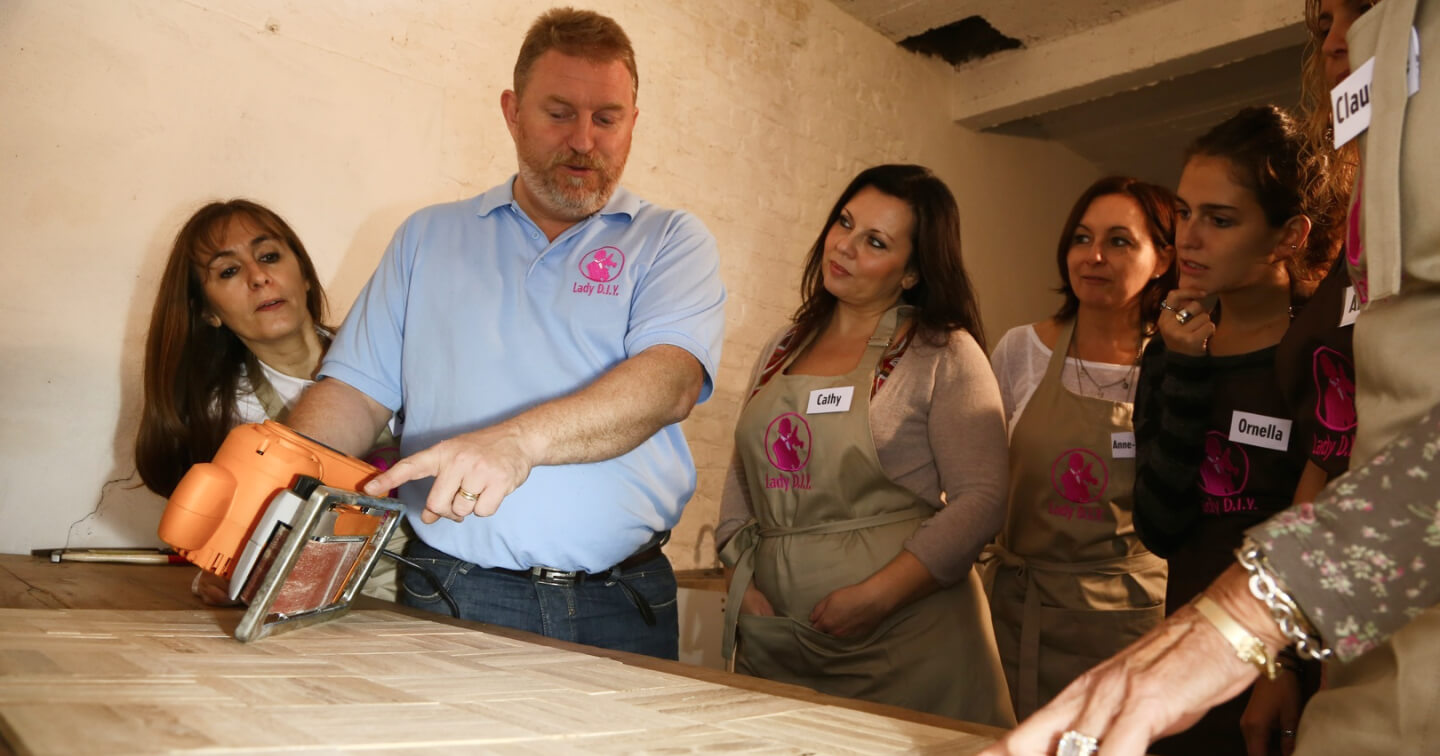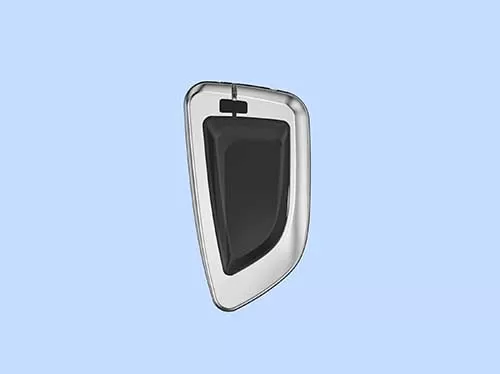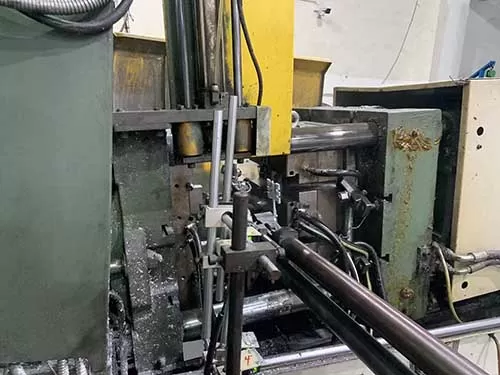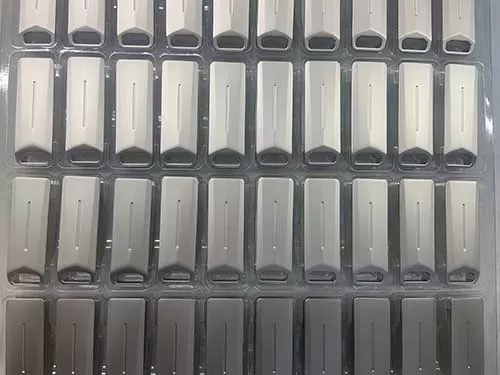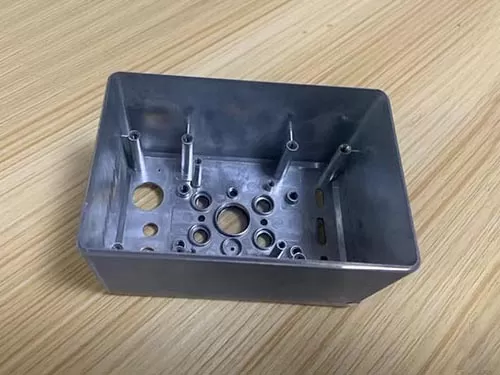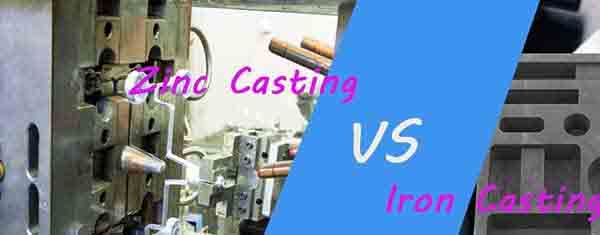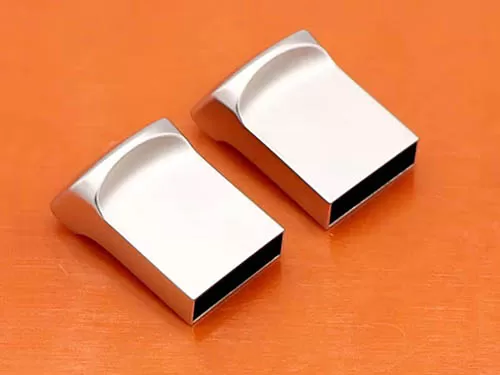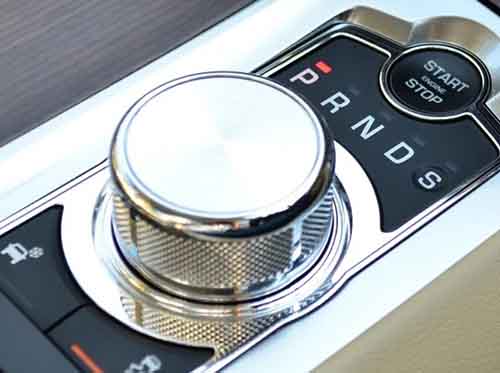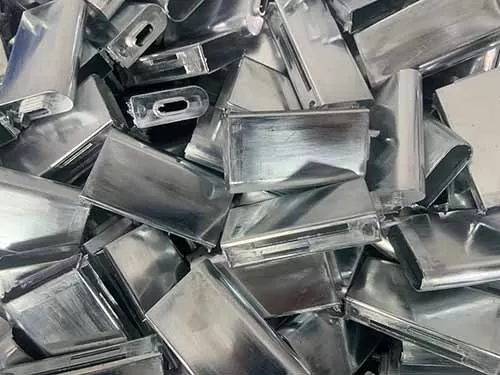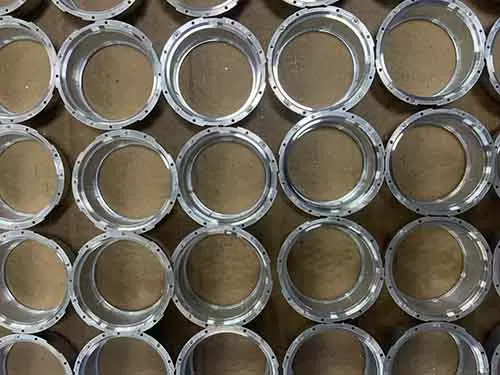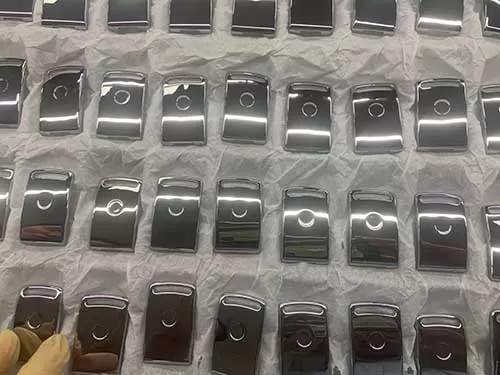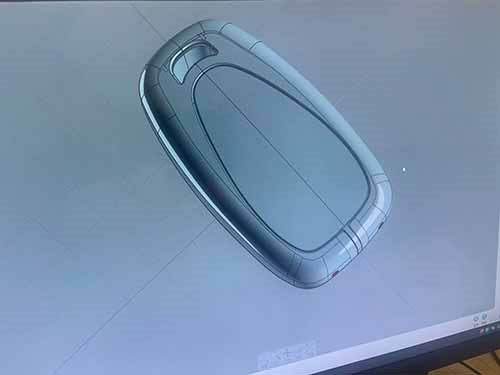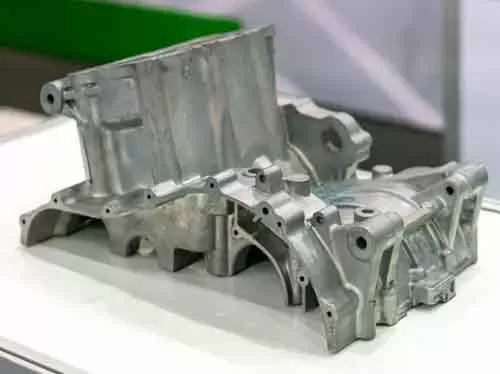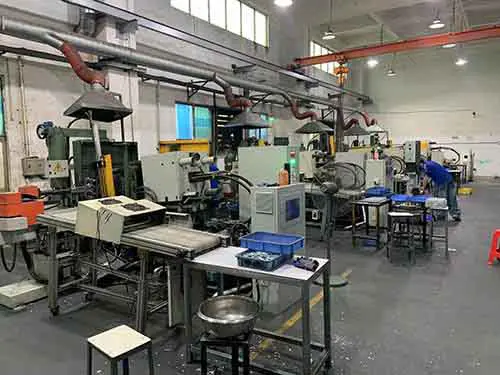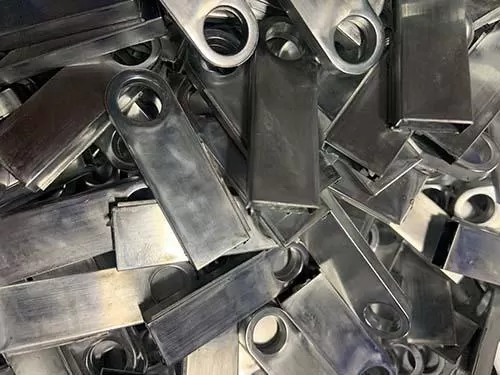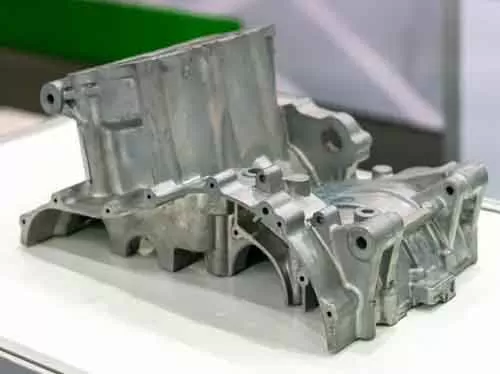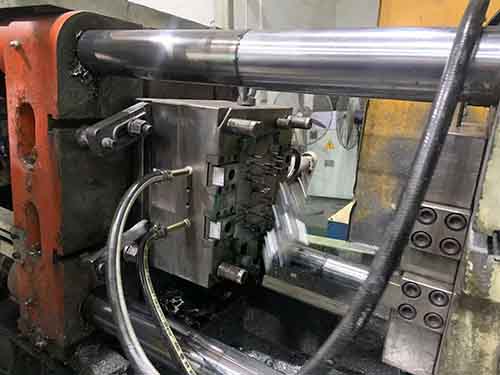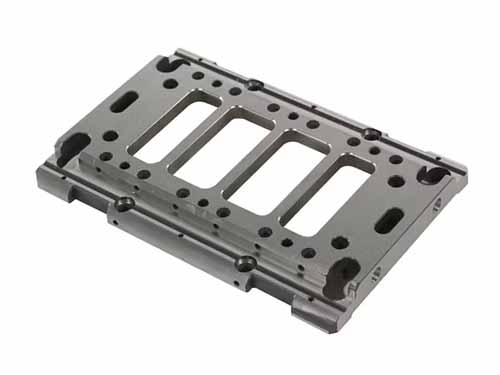Zinc die casting process technique have been applied in industrial process fields due to zinc specific properties and advantages. The metal can be molten into liquid zinc at 420 degrees or so under normal pressure, then injected into the steel casting die, and formed into zinc shaped parts under high pressure. Then cooling and ejected out from the die. By using zinc material to make zinc die casting parts, which have small sizes and miniature dimensions. Also called as zinc die casting in miniature parts, but aslo they have been used widely in Communication and Automotive industries.
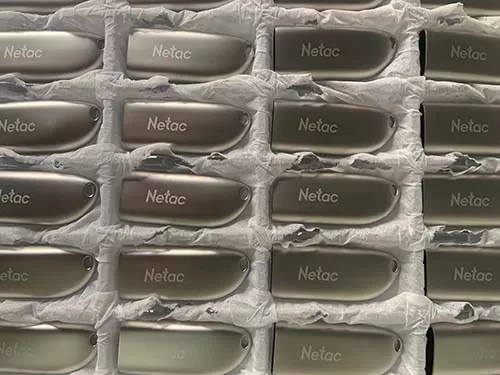
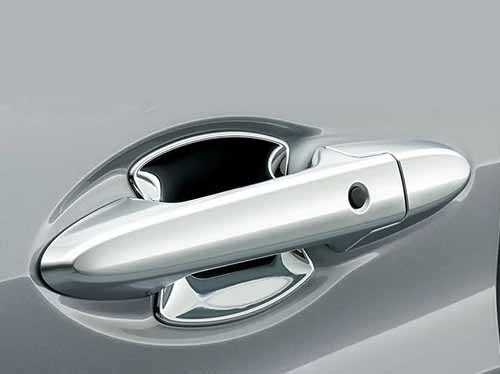
Zinc Die Casting in Miniature Parts In The Communication and Automotive Industries
The process of zinc die casting has played a big role in industrial manufacturing, especially where miniature parts are concerned. Zinc alloy die casting provides specific benefits, such as excellent dimensional accuracy, high production efficiency, and superior finish quality. They were used widely in communication and automotive applications.
What’s Zinc Die Casting In Miniature Parts
Zinc die casting in miniature parts mean small size zinc die castings, which injecting molten zinc alloy into a metal mold or die under high pressure, then cools and solidifies to form miniature complex parts with fine detail in a few seconds. This is advantage of zinc die casting part due to low melting points of zinc alloy. These parts are small sizes and precision, which has a strong strength, hardness, and corrosion resistance. But also manufacturers must guanratte that All zinc alloy die casting parts can be installed smoothly.
Applications in the Communication Industry
The communication industry have had a qulified leap since 2016, like mobile devices, IoT devices, and networking hardware proliferating worldwide. Zinc die casting plays a crucial role in producing durable, precision dimensions, intricate miniature parts for this industry, contributing to industrial progress. Communication manufacturers require smaller components that are highly durable and corrosion-resistant. Zinc die-cast parts meet these demands, With intricate designs, complex geometries and fast cast cycle during mass production, die casting manufacturer can product plenty of qualified zinc die casting components to use in communication sectors.
- Housing and Enclosures: Zinc die casting is commonly used for creating the protective and decorative housings or enclosure of communication devices, such as mobile phones, tablets, and USB flash drive disk. These housings and enclosures shield sensitive electronic components from electromagnetic interference (EMI), physical impact, and environmental conditions.
- Connectors and Brackets: Miniature connectors and brackets are integral to devices like routers, antennas. Zinc die casting creates precision connectors that ensure a secure fit and maintain signal quality, and preventing data loss and reducing signal degradation.
- Heat Sinks and Cooling Systems: Many communication devices generate heat, which can reduce their lifespan if not managed properly. Zinc’s thermal conductivity allows it to dissipate heat away from sensitive electronics. The Cooling system makes communication devices run smoothly.
- Casing for RF and EMI Shields: In communication devices, especially those handling sensitive data, controlling radio frequency (RF) and electromagnetic interference (EMI) is important. Zinc die casting allows the production of miniature shielding casings with precise geometries. This enhances device reliability and performance. Wireless charger supporting base is a good example.
Applications in the Automotive Industry
In the automotive industry, They need plenty of die-cast metal components to serve more fuel-efficency vehicles and EV. More compact zinc die casting components has become even more essential. Many automotive applications require parts that are durable, resistant to harsh conditions, and highly precise. Just zinc die casting meets the above demand of products. It has the capability to produce parts with high precision. So zinc casting parts can be used vital sectors in cars and vehicles.
- Sensor Housings: Modern vehicles need multiple sensors for functions like engine performance, braking, and status detection. Zinc die-cast sensor housings offer protection against vibrations, temperature extremes, tire pressure and road conditions. It can protect sensor core chip and electric circuit ,ensure feedback an accurate data to centrel console.
- Electronic Control Units (ECUs): ECU module manage various vehicle operations. It need a fit base and bracket. Zinc die casting base and bracket allows for fixing andprotecting the sensitive electronics within these units. Safeguarding their function.
- Connector and Terminals: Zinc is used for miniature connectors to link these electronic components,They require high conductivity and corrosion resistance. These connectors keep connections between various electronic within the vehicle, crucial for electric and hybrid vehicles.
- Transmission and Engine Components: Some automotive miniature parts, such as gears and pulleys. They require durability and strength with a reasonable size. Zinc die casting ensures these parts can withstand the mechanical stresses encountered within an engine or transmission.
- Aesthetic and Functional Interior Parts: In vehicle interiors. most of components are zinc die casting parts. These parts not only contribute to the visual appeal of the car’s interior but also offer tactile durability. Especially, Car charger metal display panel,switchgear knob, which is cast by zinc alloy material.
Conclusion
Zinc die casting in miniature parts has established itself as a cornerstone in the communication and automotive industries. It provides standout advanges and benefits that are durable, cost-effective, precise and intricate structural design. From connector housings in mobile devices to sensor enclosures in cars, zinc’s unique properties make it an ideal material for components that must withstand high stress, frequent use, and harsh environmental conditions. After all these industries development will need more miniature metal components. Zinc die casting will continue playing a vital role in shaping the future of innovative product design.


